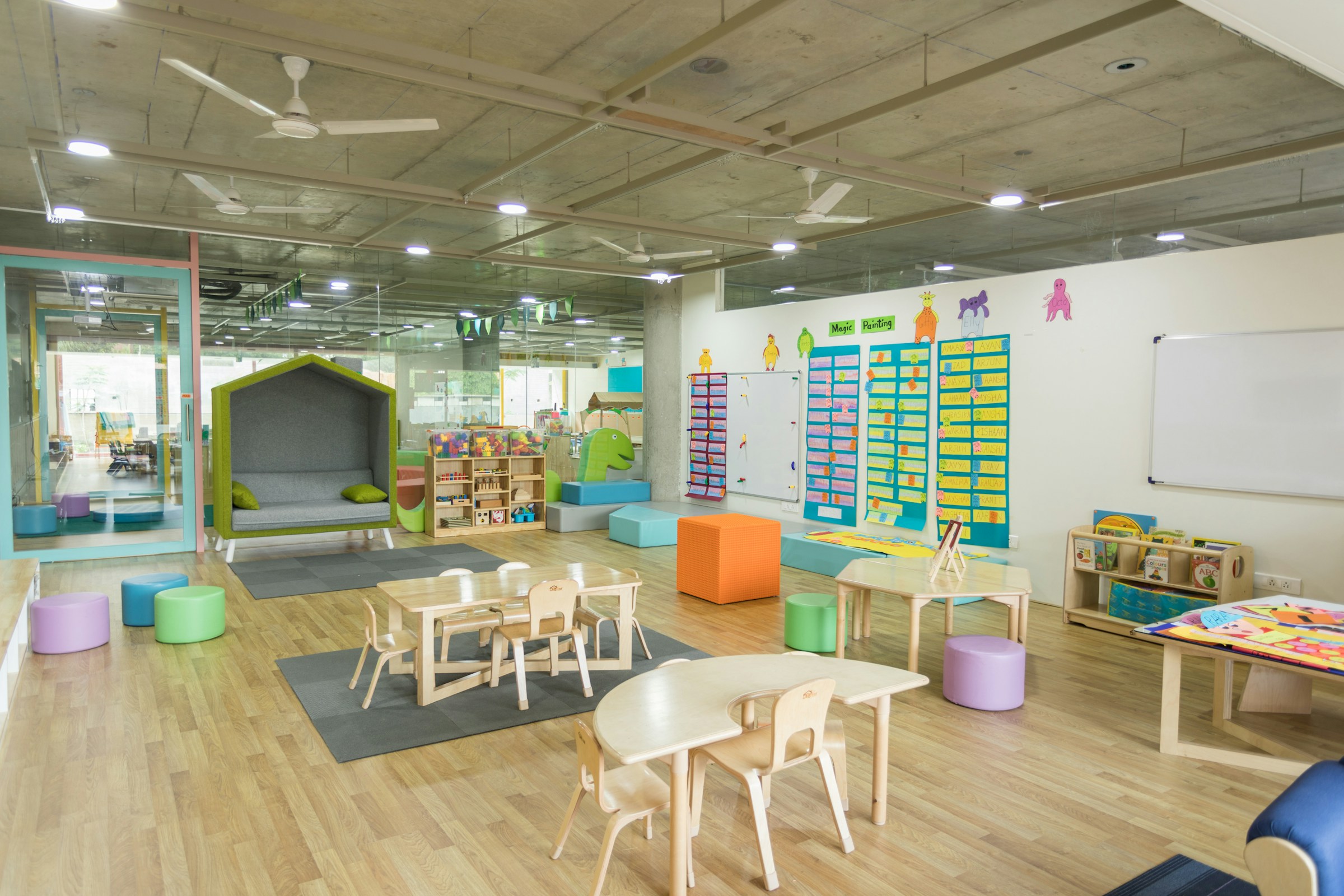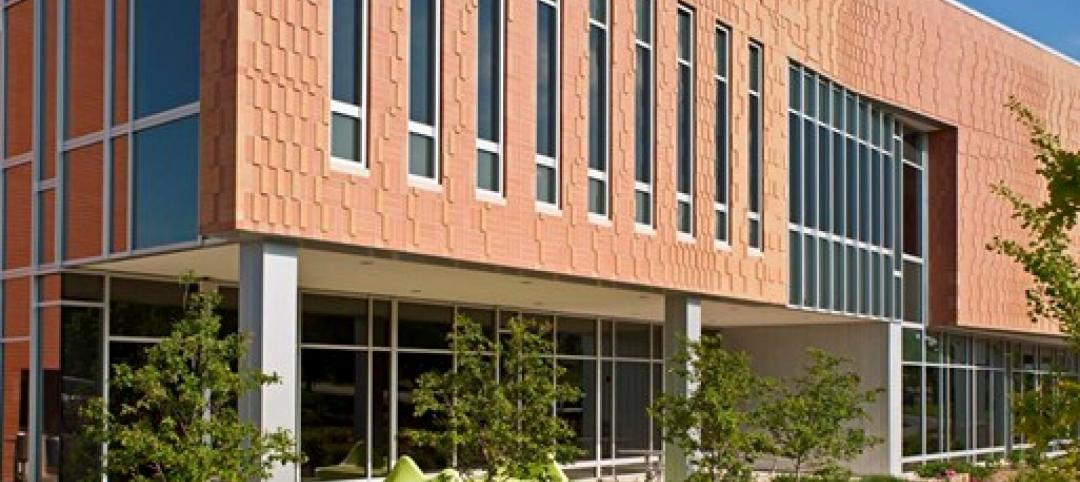More than 49 million students were enrolled in public elementary and secondary schools as of fall 2021, according to the Digest of Education Statistics. Coincidentally, that number (the “49” in 49 million) matches the average age of a main instructional school building in the U.S., according to the National Center for Education Statistics. More alarming, nearly four in 10 schools (38%) were built before 1970—and half of those have never had a major building renovation or addition.
Clearly, too many of the nation’s school districts are having to make it work with less-than-ideal educational facilities. But at what cost to student performance and staff satisfaction?
Newly released findings from a 28-school research study by Drexel University and Perkins Eastman reveal a strong correlation between the quality of school building environments and key educational indicators like test scores, graduation rates, enrollment, teacher retention—even community health and wellness.
The study, “Addressing a Multi-Billion Dollar Challenge” (140-page PDF download at BDCnetwork.com/2024-school-study), investigated the differences between modernized and non-modernized elementary, middle, and high schools—17 modernized, 11 non-modernized—throughout Washington, D.C., and Baltimore.
The primary finding: When measuring the educational adequacy of schools, modernized schools outperformed non-modernized schools by a wide margin, representing 13 of the top 15 performers, including the top 11 schools. The research team looked at factors such as instructional space, safety and security, environmental quality, extended learning, assembly, community, organization, and civic presence.
Drexel and Perkins Eastman hope the study will inform school districts on how best to invest limited CapEx funds. Some recommendations from the research:
Upgrades that enhance indoor environmental quality—air quality, lighting, acoustics, and thermal comfort—can positively impact students’ ability to focus and learn.
However, they warn that small incremental upgrades over time to items like HVAC systems can lead to potential detrimental impacts to the learning environments (e.g., unsightly conduit, blockage of windows).
These five areas offer the greatest opportunity for improvement: instructional space ambiance, exterior presence, safety and security, community assembly space, and main office location.
Overall, modernized schools better serve their community by being able to host initiatives like health clinics, food distribution programs, and public recreational facilities.
Download the full report at: BDCnetwork.com/2024-school-study.
Related Stories
| Jul 9, 2014
Harvard Business School to build large-scale conference center
Expected to open in 2018, the facility will combine the elements of a large-scale conference center, a performance space, and an intimate community forum. The new building will be designed by Boston-based William Rawn and Associates.
| Jul 7, 2014
7 emerging design trends in brick buildings
From wild architectural shapes to unique color blends and pattern arrangements, these projects demonstrate the design possibilities of brick.
| Jul 2, 2014
Emerging trends in commercial flooring
Rectangular tiles, digital graphic applications, the resurgence of terrazzo, and product transparency headline today’s commercial flooring trends.
| Jul 1, 2014
Winning design by 3XN converts modernist bathhouse to university library
Danish firm 3XN's design wins competition for a new educational facility for Mälardalen University in Sweden, which will house a library, communal spaces, and offices for 4,500 students and staff.
| Jun 23, 2014
Gehry's 'glass sail' cultural center for Foundation Louis Vuitton set to open in October
Comissioned by Bernard Arnault, American legendary architect Frank Gehry's newest structure in Paris for Foundation Louis Vuitton will house eleven galleries and an auditorium for performing arts.
| Jun 20, 2014
HOK releases proposal for Obama Library and Museum Campus
Proposal would locate the library in Chicago's historic Bronzeville neighborhood, aiming for urban revitalization as well as Living Building certification.
| Jun 20, 2014
First look: Hive-like 'Learning Hub' to be built in Singapore
In a competition to design a "Learning Hub" for students at Nanyang University in Singapore, London-based firm Heatherwick studio has won with a rounded, hive-like design.
| Jun 18, 2014
Study shows walkable urbanism has positive economic impact
Walkable communities have a higher GDP, greater wealth, and higher percentages of college grads, according to a new study by George Washington University.
| Jun 18, 2014
Arup uses 3D printing to fabricate one-of-a-kind structural steel components
The firm's research shows that 3D printing has the potential to reduce costs, cut waste, and slash the carbon footprint of the construction sector.
| Jun 16, 2014
6 U.S. cities at the forefront of innovation districts
A new Brookings Institution study records the emergence of “competitive places that are also cool spaces.”
















